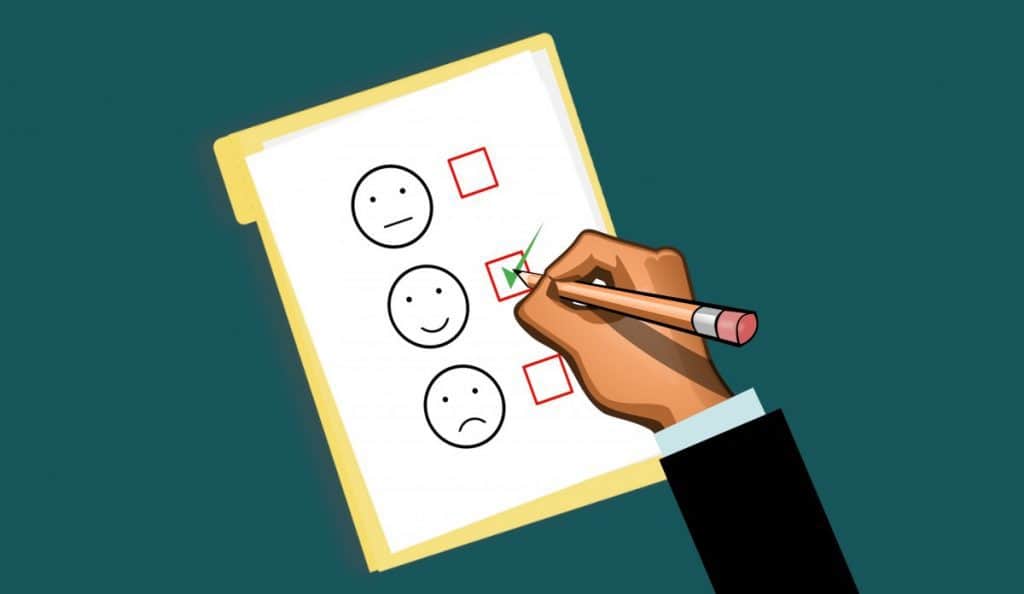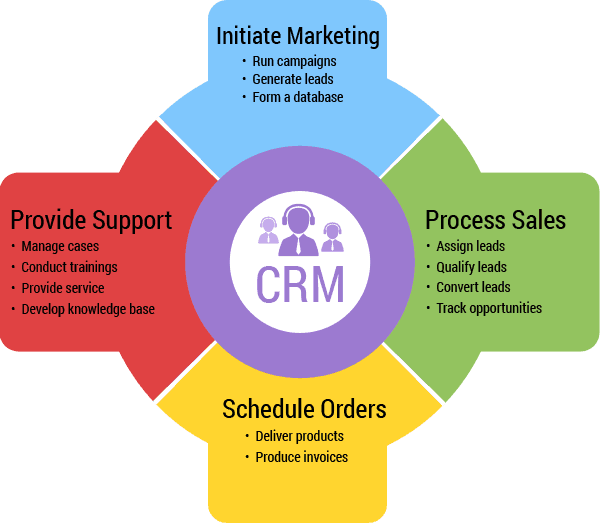Customer Experience, or CX, refers to how a customer feels about a brand or company based on their experiences with it. CX managers and departments responsible for creating an optimal Customer Experience Strategy are tasked with ensuring customers have positive experiences with the company, whether through purchasing a product or service, receiving support for their purchase, or being engaged by marketing or advertising initiatives.

Each of these touchpoints, or ways by which consumers can interact with a company, can create negative or positive impressions, and CX strategies involve both differentiating a brand from the competition and maximizing the positive experiences consumers have with the brand, with the overall goal of reducing customer churn and improving overall customer lifetime value (LTV).
Tactics and Strategies for Improving Customer Experience
Effective Customer Experience departments will first create a detailed, clear customer-centric vision for the company to follow and then assist various other departments within the company to better align their goals with this vision.
In terms of specific tactics for improving customer experience, many companies have recently focused their attention on improving customer support interaction and more actively engaging customers through various forums to provide better support while also encouraging word-of-mouth or “viral” marketing from satisfied customers.
Other tactics
Other common customer experience tactics include creating opportunities for positive emotional connections with customers both pre- and post-purchase, emphasizing the emotional benefits of the brand and its products, developing and analyzing real-time customer feedback to improve products and support, and creating and fostering social media communities for customers to interact with the brand and other loyal customers.
Customer Relationship Management
Customer Relationship Management (CRM) is the establishment, development, maintenance, and optimization of long-term mutually valuable relationships between consumers and organizations. The official definition of CRM by the Customer Relationship Management Research Center is “a strategy used to learn more about the customers need and behaviors in order to develop stronger relationships with them”. The purpose of this strategy is to change the approach to customers and improving the experience for the consumer by making the supplier more aware of their buying habits and frequencies.

The D4 Company Analysis is an audit tool that considers the four aspects of strategy, people, technology and process in the design of a CRM strategy.
The analysis includes four main steps:
- Define the existing customer relationship management processes within the company.
- Determine the perceptions of how the company manages its customer relationships, both internally and externally.
- Design the ideal customer relationship management solutions relative to the company or industry.
- Deliver a strategy for the implementation of the recommendations based on the findings.
Difference Between User Experience and Customer Experience
At first glance, the two terms appear to be identical. Our users are our customers and thus they’re the same thing. Except, they’re not.
So what’s the difference?
The user experience is a product-specific. It is the experience that a user or customer has when they interact with that product. We can measure the results of the user experience to some extent too. We can look at satisfaction reports, the level of customer care inquiries following an interaction, the time it takes to get something done with our product, etc.
Customer experience is a larger concept. It is the experience that a user (or customer) has whenever they interact with our company or brand. Again we can measure some of this in satisfaction reports, in recommendation rates (would you tell a friend about us?), etc.
In essence, User Experience is a subset of Customer Experience. If you added up the sum of all knowledge on each individual user experience with your products and services, you would (theoretically) be able to explain your customer experience. Sadly, that’s not quite how it works. That it’s why we need to remain conscious of both when we design products and services.
